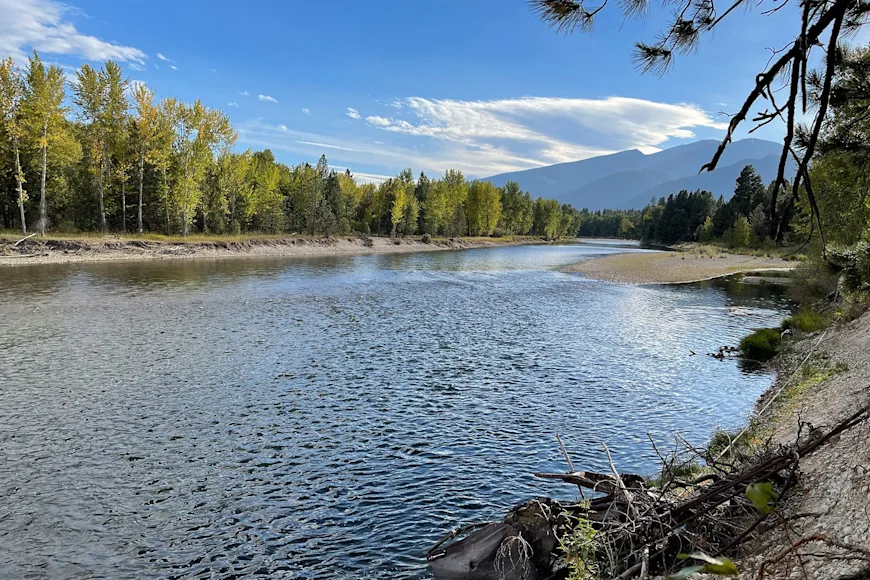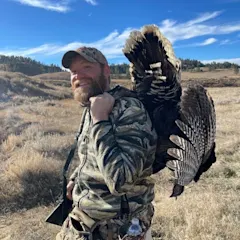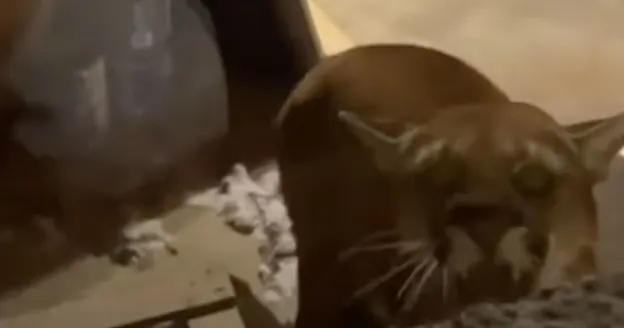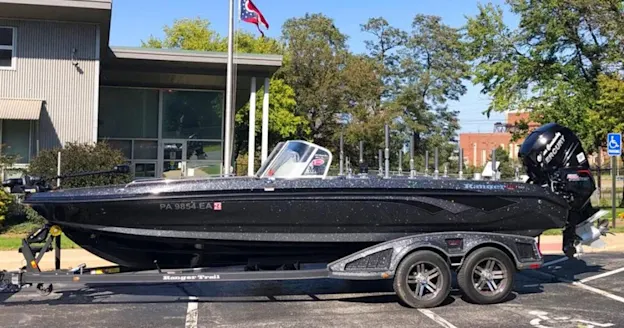A Nevada-based mineral company has announced plans to develop a mine near the headwaters of the West Fork of the Bitterroot River in western Montana. If approved, the project could extract billions of dollars worth of rare earth minerals, mining officials recently told the Missoulian.
The proposed mine—which would operate on public lands managed by the United States Forest Service (USFS)—has drawn scrutiny from multiple conservation groups, including Trout Unlimited (TU) and Backcountry Hunters & Anglers (BHA).
What are Rare Earth Elements?
Rare earth elements or REEs are used in a host of products that include smartphones, LED lighting, wind turbines, solar panels, and electric cars. The minerals are also used by the defense industry in the manufacture of guided missile systems.
The Biden Administration has announced its intention to prioritize rare earth mining, citing a critical need to decrease American dependence on China for the production of REEs. According to U.S. Critical Materials Corp., the company that holds the mining claims, western Montana contains the highest quality rare earth deposits in the United States. The mining claims are centered around a waterway called Sheep Creek, which feeds directly into the West Fork of the Bitterroot River.
“We have confirmed that Sheep Creek is the highest-grade rare-earth deposit in the United States, with a multibillion-dollar resource value,” U.S. Critical Materials Corp. President Jim Hedrick said in a press release.
Henrick and his company have reportedly secured 223 mining claims in a swath of the Bitterroot National Forest that encompasses some 4,500 acres or seven square miles. The company is currently conducting exploratory activities under permits issued by the USFS in 2022.
Environmental Impacts and Potential Opposition
Fishing is a major draw on the West Fork of the Bitterroot. A relatively small river by Montana standards, the thriving tailwater fishery is known for its outsized brown, rainbow, cutthroat, and brook trout.
“The river is a focal point for fishermen in and out of the Bitterroot Valley,” the Forest Service states on its website. “Beginning with the first insect hatch in the spring the snow-melt swollen river is swarmed upon by fisherman with boat and tackle. As the waters subside and spring blends into summer the river provides a more soothing fishing experience and time for scenic raft trips.”
The West Fork feeds into the main stem of the Bitterroot River, which flows north into the Clark Fork and the Big Blackfoot—all famous trout fishing destinations in their own right.
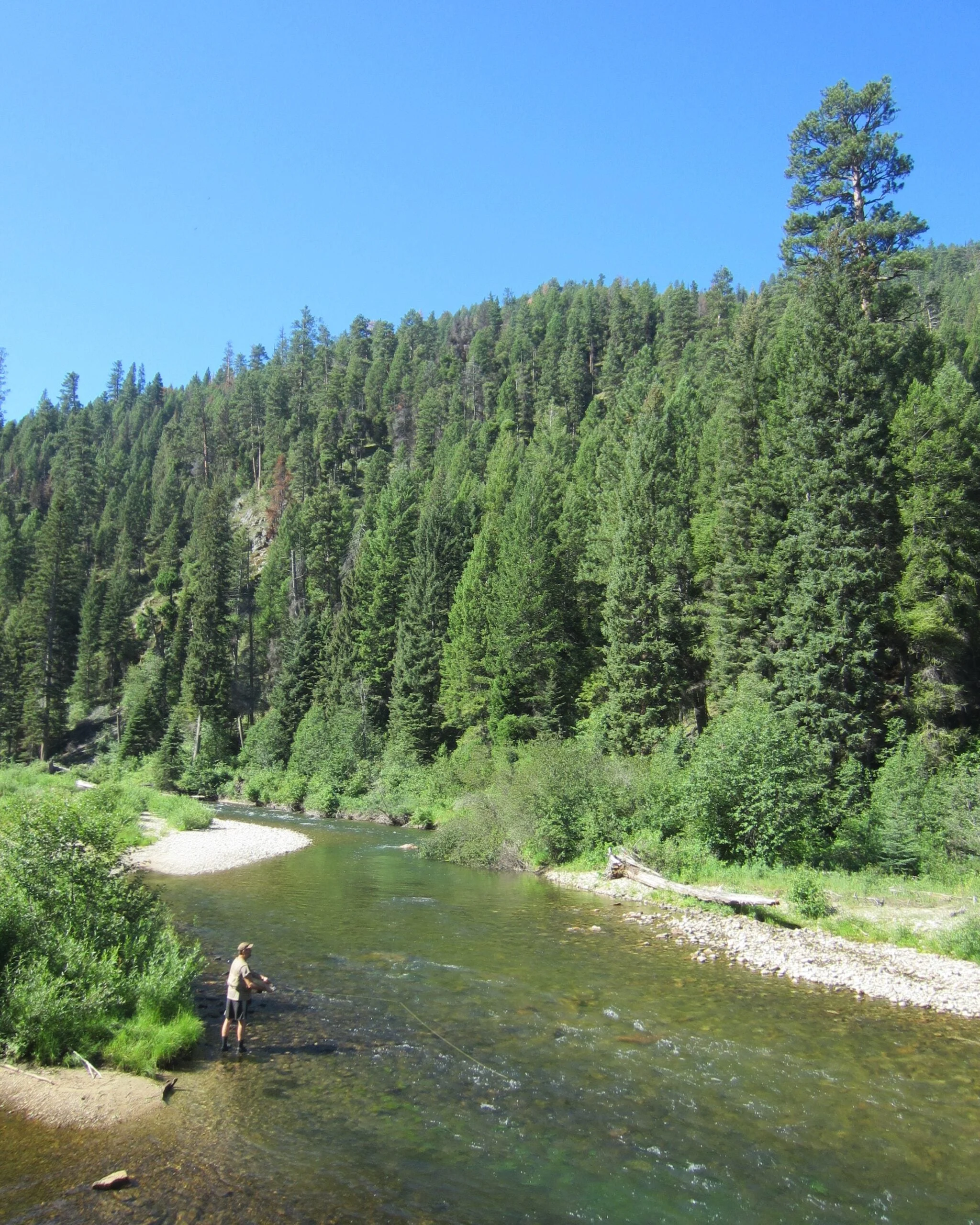
A fly fisherman along the West Fork Bitterroot River. Corey Fisher.
Rare earth minerals are extracted through one of two methods: Drilling or open-pit mining. According to the Harvard International Review (HIR), both methods carry high risks of adverse human health impacts and environmental degradation. “Mining produces toxic waste in the form of dust, gas, wastewater, and radioactive residue,” the HIR reported in August 2021. “For every ton of rare earth, 2,000 tons of toxic waste are produced.”
Before any mining can take place, the Sheep Creek project will have to be signed off on by Dan Pliley, the head ranger in the West Fork District of the Bitterroot National Forest. “They will have to put together what’s called a plan of operations and submit it to the Forest Service. Then it will go through a public process with an associated environmental review and opportunity for public comment,” Corey Fisher, Public Lands Policy Director for Montana Trout Unlimited (TU) told Field & Stream. “That’s where TU and other interested parties would have the opportunity to engage.”
Fisher said that Montana TU is monitoring the mine closely, but the organization has stopped short of declaring any formal opposition until more detailed plans are unveiled. Either way, he said, the Forest Service has its hands tied on mining issues when push comes to shove.
“Unlike other extractive uses, mining is one that trumps all the other multiple uses on public lands,” he said. “We see this time and time again. The [USFS] can make modifications to the permits and require certain mitigation measures, but it’s pretty difficult to stop a mine. It really highlights the need for mining reform.”
The Montana Chapter of BHA has also expressed concerns about the proposed mine. “The West Fork is an area that’s home to elk, mule deer, and bighorn sheep,” Montana BHA stated in a recent Instagram post. “Montana’s relationship with mining is a complicated one. The state has benefited from many underground fortunes and has been stuck cleaning up the forever messes and covering the costs of many failures. Responsible mining comes with high-paying jobs, but all mining comes with very real long-term risks.”
Speaking with the Missoulian last Wednesday, a spokesperson for U.S. Critical Materials Corp. said he hopes to see full-fledged mining operations brought online in the next four to five years. If that happens, TU’s Fisher said, the resulting pollution could have direct negative impacts on trout populations within the watershed.
“One potential impact could be sedimentation running off from the mine site into streams,” he said. “If there’s pyrite content on the ore body, then we could see acid mine drainage that would have to be treated. Whenever you get acid mine waste, you get heavy metals associated with it—like cadmium and lead. This diminishes populations of aquatic insects that trout eat. Those chemicals also bioaccumulate in fish, and you get shorter life expectancies. That’s when you start to see consumption advisories, as fish with high levels of these metals become unsafe for anglers to eat.”

